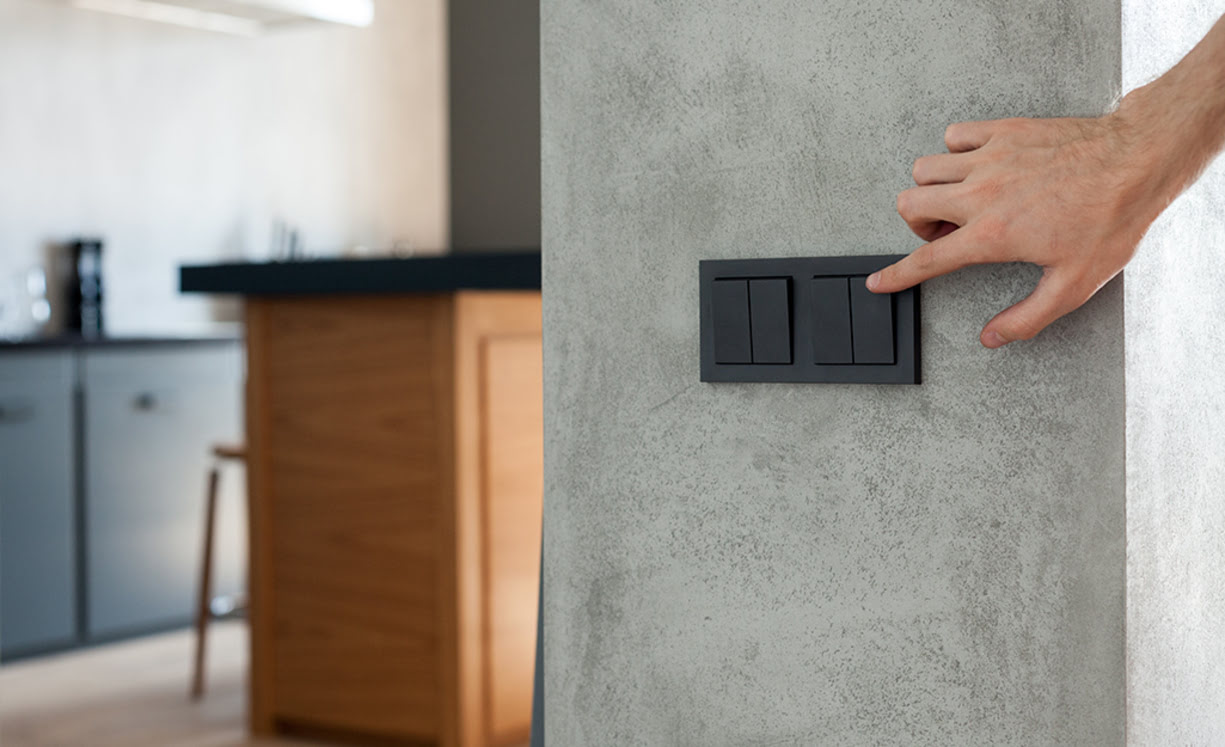

Articles
How To Turn On Gas Fireplace With Wall Switch
Modified: February 26, 2024
Discover step-by-step articles on how to easily turn on your gas fireplace using a convenient wall switch. Transform your living space with cozy warmth today!
(Many of the links in this article redirect to a specific reviewed product. Your purchase of these products through affiliate links helps to generate commission for Storables.com, at no extra cost. Learn more)
Introduction
Welcome to the world of convenience and comfort with a gas fireplace equipped with a wall switch. Gone are the days of fumbling for matches or struggling with a manual ignition system. With just a simple flick of a switch, you can enjoy the warmth and ambiance of a cozy fire in your home.
In this article, we will guide you through the process of turning on a gas fireplace using a wall switch. We will cover everything from understanding the components of a gas fireplace to troubleshooting common issues. So, let’s dive in and get ready to ignite your gas fireplace effortlessly!
Key Takeaways:
- Enjoy the convenience of a gas fireplace with a wall switch for instant warmth and ambiance. Prioritize safety and perform regular maintenance for a cozy and worry-free experience.
- Locate the wall switch, follow safety precautions, and activate the fireplace with ease. Troubleshoot common issues and enjoy the comfort of a flickering fire in your home.
Read more: How To Turn On Fireplace Gas
Understanding the Gas Fireplace with Wall Switch
Before we delve into the process of turning on a gas fireplace with a wall switch, let’s take a moment to understand the key components of this system.
A gas fireplace typically consists of a gas line, a gas valve, a pilot light, and a thermocouple. The gas line supplies the fuel (natural gas or propane) to the fireplace, while the gas valve controls the flow of gas. The pilot light is a small flame that ignites the main burner, and the thermocouple is a safety device that detects whether the pilot light is on or off.
The wall switch is a convenient feature that allows you to control the gas fireplace with ease. It is usually located near the fireplace or mounted on the wall. The switch is connected to the gas valve and acts as a control mechanism, allowing you to turn the fireplace on and off.
It’s important to note that gas fireplaces should be professionally installed and maintained to ensure safety and optimum performance. If you’re unsure about the setup or encounter any issues, it’s always best to consult a certified technician.
Now that we have a basic understanding of how a gas fireplace with a wall switch works, let’s move on to the next step: checking safety precautions.
Checking Safety Precautions
Prior to operating your gas fireplace with a wall switch, it is crucial to prioritize safety and perform a series of precautionary checks. Here are some important steps to follow:
- Ensure the area around the fireplace is clear: Remove any flammable materials, such as paper, clothing, or furniture, from the vicinity of the fireplace. Maintain a minimum clearance as specified by the manufacturer to prevent any fire hazards.
- Check for gas leaks: Use your nose to detect any unusual odor of gas. If you notice a distinct smell of gas, immediately turn off the gas supply and contact your gas company or a professional technician.
- Inspect the pilot light: Take a moment to examine the pilot light. It should emit a steady, blue flame. If you observe a weak or flickering flame, it may require cleaning or adjustment. Contact a professional technician to address the issue.
- Test the carbon monoxide detector: Make sure you have a properly functioning carbon monoxide detector installed in the room where the fireplace is located. Test the detector regularly to ensure it is operational and can alert you to any potential carbon monoxide leaks.
- Keep fire extinguisher handy: It’s always a good idea to have a fire extinguisher readily available in case of emergencies. Ensure it is properly charged and easily accessible.
By taking these safety precautions, you can minimize the risk of accidents and ensure a safe and enjoyable experience with your gas fireplace.
Now that you’ve checked the safety measures, let’s move on to locating the wall switch.
Locating the Wall Switch
Locating the wall switch for your gas fireplace is essential to operating it effectively. The switch is typically positioned in a convenient and easily accessible location near the fireplace or mounted on the wall. To find the wall switch, follow these steps:
- Start by visually inspecting the area around the fireplace. Look for any noticeable switches or controls mounted on the wall.
- Check the immediate vicinity of the fireplace. Some gas fireplaces have the wall switch integrated into the fireplace unit itself. Look for a switch or control panel located on the front or side of the fireplace.
- If you don’t see a visible switch, refer to the owner’s manual or contact the manufacturer for specific instructions. They can guide you with the exact location of the wall switch for your particular model.
Once you have located the wall switch, ensure that it is in the “off” position before proceeding to activate it. This step is crucial to prevent any accidental ignition or gas flow.
Now that you have identified the wall switch, it’s time to move on to the next step: activating the wall switch and turning on your gas fireplace.
Make sure the gas valve is open. Then, simply flip the wall switch to the “on” position. If the fireplace doesn’t ignite, check for any blockages in the gas line or pilot light.
Activating the Wall Switch
Now that you have located the wall switch for your gas fireplace, it’s time to activate it and enjoy the warm and inviting glow of a flickering fire. Follow these steps to turn on your gas fireplace:
- Make sure the gas supply valve is open: Locate the main gas supply valve, typically found near the fireplace or in a utility room. Ensure that the valve is fully open to allow gas flow to the fireplace.
- Flip the wall switch to the “on” position: Gently flip the wall switch to the “on” position. This action sends an electrical signal to the gas valve, instructing it to open and allow gas flow to the burner.
- Ignite the pilot light: If your gas fireplace has an electronic ignition system, the pilot light will automatically ignite once the gas valve opens. You will hear a clicking sound as the ignition system sparks to ignite the gas. If your fireplace has a standing pilot light, you may need to manually ignite it using a fireplace lighter or a long match. Follow the manufacturer’s instructions for lighting the pilot light.
- Verify the flame: Once the pilot light has ignited, carefully observe the flame. It should burn steadily and be primarily blue with a small yellow tip. A blue flame indicates clean and efficient combustion.
- Adjust the flame and heat: Depending on your gas fireplace model, you may have options to adjust the flame height and heat output. Consult the owner’s manual to learn how to control these settings effectively.
Remember, if you encounter any difficulties or if the pilot light fails to ignite, it’s best to consult a professional technician to address the issue. Safety is paramount when dealing with gas systems, so never hesitate to seek professional assistance if needed.
Now that your gas fireplace is up and running, it’s time to relax, unwind, and enjoy the cozy ambiance it provides.
Read more: How To Turn Off The Gas To Fireplace
Troubleshooting Tips
While gas fireplaces with wall switches are generally reliable and easy to operate, there may be instances where you encounter issues. Here are some common troubleshooting tips to help you address potential problems:
- No flame or pilot light won’t light:
- Check the gas supply: Ensure that the gas supply valve is open and there is an adequate supply of gas.
- Clean the pilot light or ignition system: Over time, debris and dust can accumulate, hindering the ignition process. Gently clean the pilot light or ignition system using a soft brush or compressed air to remove any obstructions.
- Check the thermocouple: The thermocouple is a safety device that detects the presence of a pilot light. If the thermocouple is malfunctioning or not properly connected, it can prevent the pilot light from staying lit. Contact a professional technician to inspect and repair or replace the thermocouple if necessary.
- Weak or uneven flame:
- Inspect the burner: A clogged or dirty burner can result in a weak or uneven flame. Carefully clean the burner ports using a soft brush or compressed air to remove any buildup and improve the flame quality.
- Check the gas pressure: Low gas pressure can affect the flame’s strength. Contact a professional technician to measure and adjust the gas pressure if required.
- Unusual odors or sounds:
- If you notice a strong gas odor or hear hissing or whistling sounds, immediately turn off the gas supply, ventilate the area, and contact your gas company or a professional technician. These signs could indicate a gas leak or other potential hazards.
- Electrical issues:
- If the wall switch or ignition system fails to operate, ensure that the circuit breaker is not tripped and there is power to the switch. Check for loose or damaged wires and consult a professional electrician for repairs if needed.
It’s important to note that these troubleshooting tips are general guidelines. Always refer to the manufacturer’s instructions and, if necessary, seek the assistance of qualified professionals for servicing and repairs to ensure safe and effective operation of your gas fireplace.
Conclusion
Having a gas fireplace with a wall switch adds convenience and comfort to your home. With just a simple flick of a switch, you can ignite a warm and inviting fire, transforming your living space into a cozy haven. However, it is important to prioritize safety and perform regular maintenance to ensure the proper functioning of your gas fireplace.
In this article, we discussed the key steps involved in turning on a gas fireplace with a wall switch. We started by understanding the components of a gas fireplace and the role of the wall switch in controlling its operation. We then emphasized the importance of checking safety precautions before operating the fireplace, including clearing the area, checking for gas leaks, inspecting the pilot light, and ensuring the presence of a carbon monoxide detector and a fire extinguisher.
We then walked through the process of locating the wall switch, ensuring that it is in the “off” position before activating it. We discussed the step-by-step instructions for turning on the gas fireplace, including opening the gas supply valve, flipping the wall switch to the “on” position, igniting the pilot light, and verifying the flame and heat settings.
Lastly, we provided some troubleshooting tips to address common issues that may arise when operating a gas fireplace with a wall switch. By following these tips, you can resolve problems such as a non-igniting pilot light, weak or uneven flame, unusual odors or sounds, and electrical issues.
Remember, safety should always be your top priority when dealing with gas appliances. If you encounter any significant issues or if you are unsure about any aspect of your gas fireplace’s operation, it is recommended to seek professional assistance from a qualified technician.
Now that you have a comprehensive understanding of how to turn on a gas fireplace with a wall switch, you can sit back, relax, and enjoy the warmth and comfort it brings to your home.
Frequently Asked Questions about How To Turn On Gas Fireplace With Wall Switch
Was this page helpful?
At Storables.com, we guarantee accurate and reliable information. Our content, validated by Expert Board Contributors, is crafted following stringent Editorial Policies. We're committed to providing you with well-researched, expert-backed insights for all your informational needs.
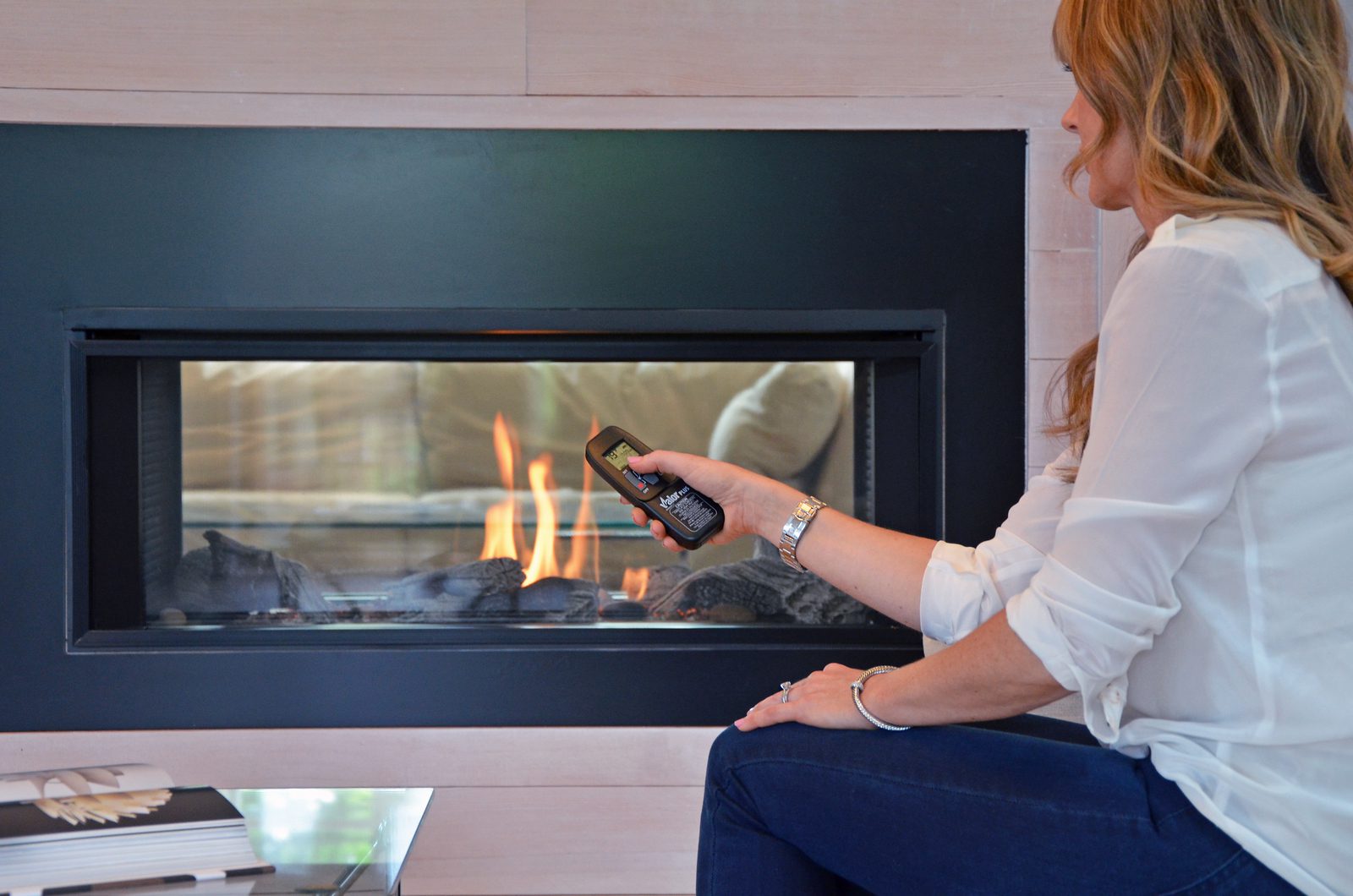
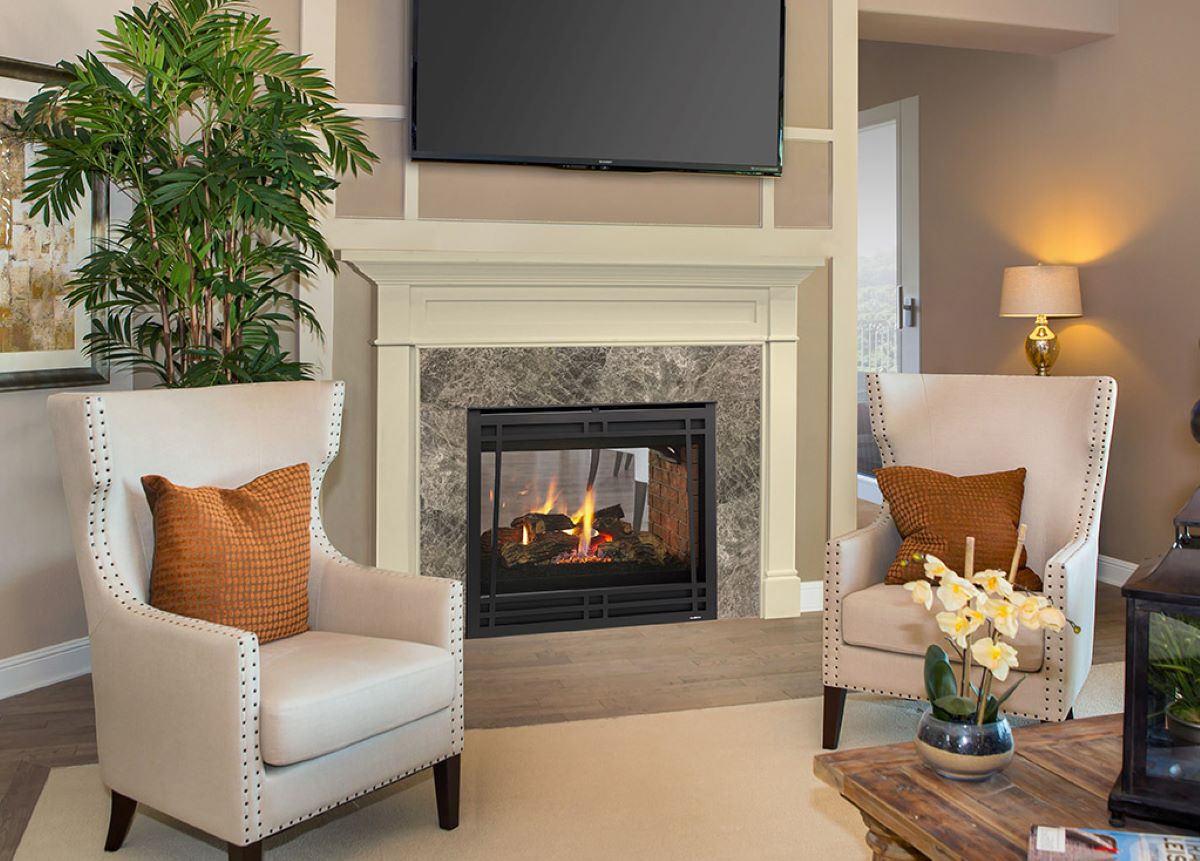
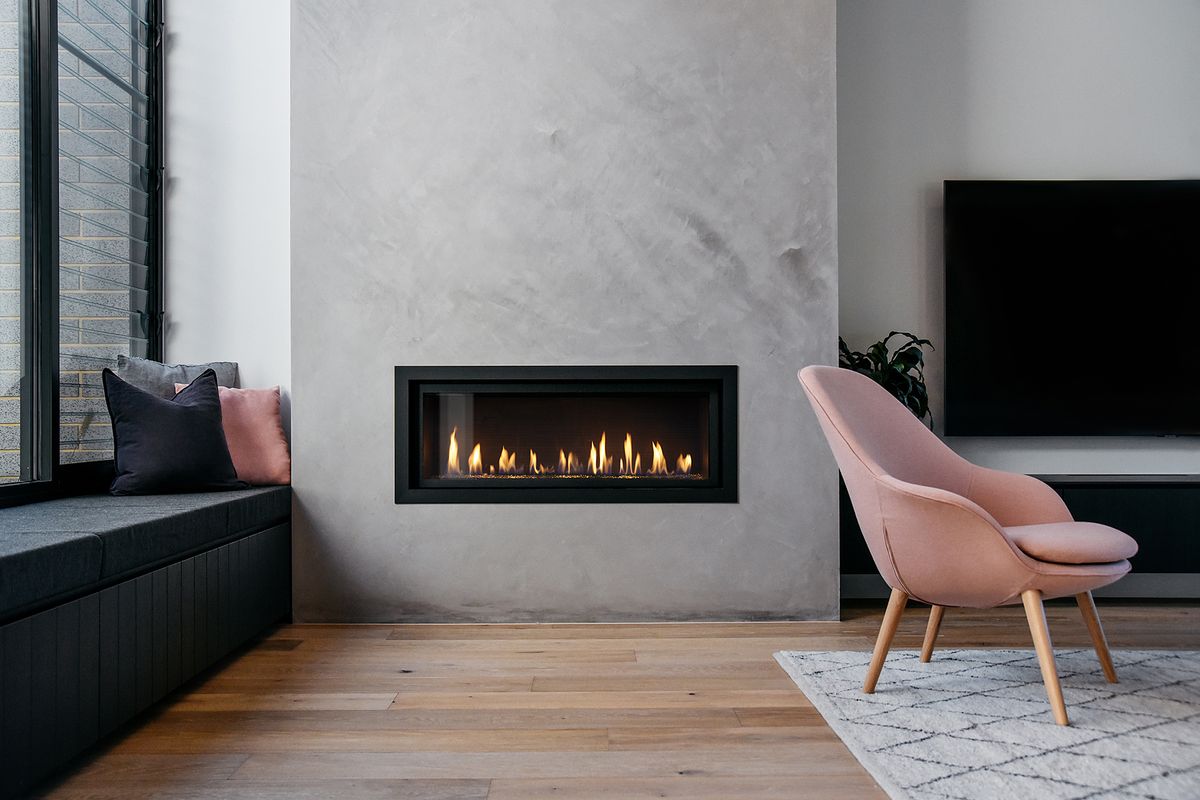
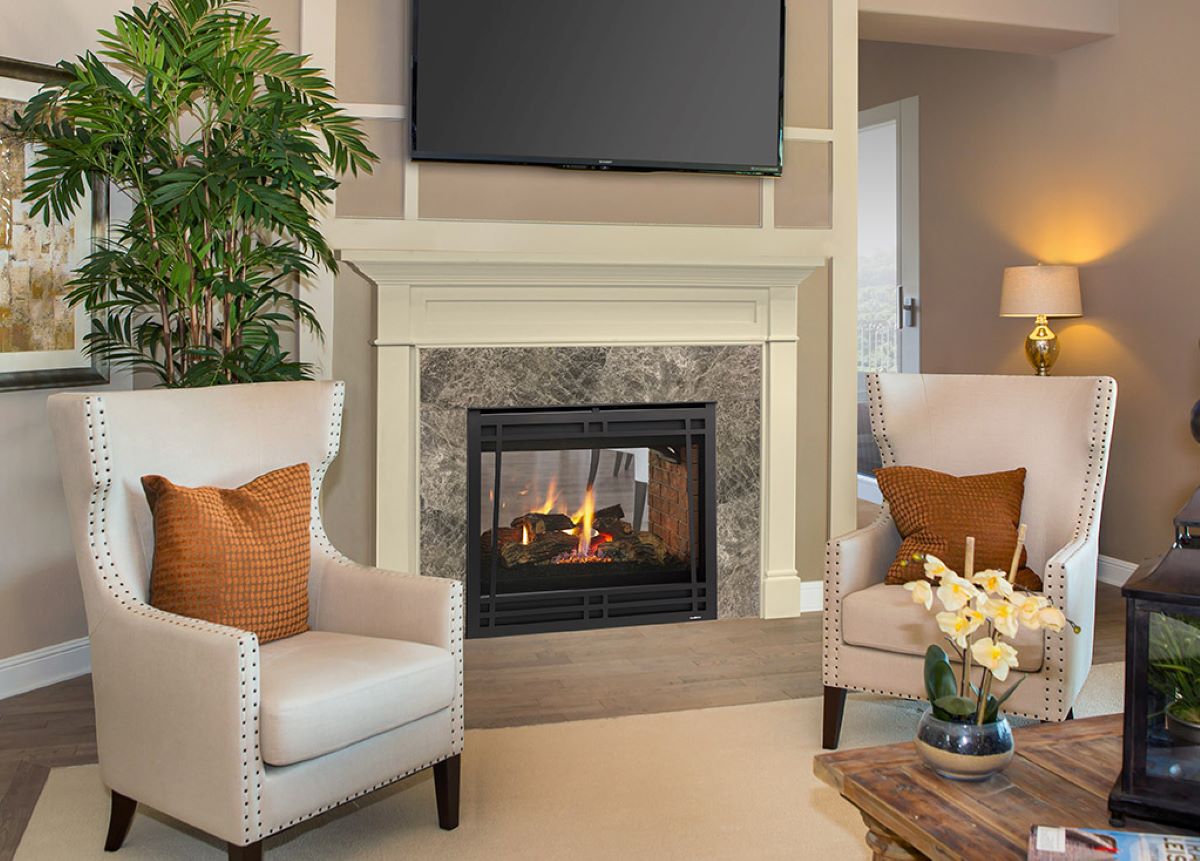

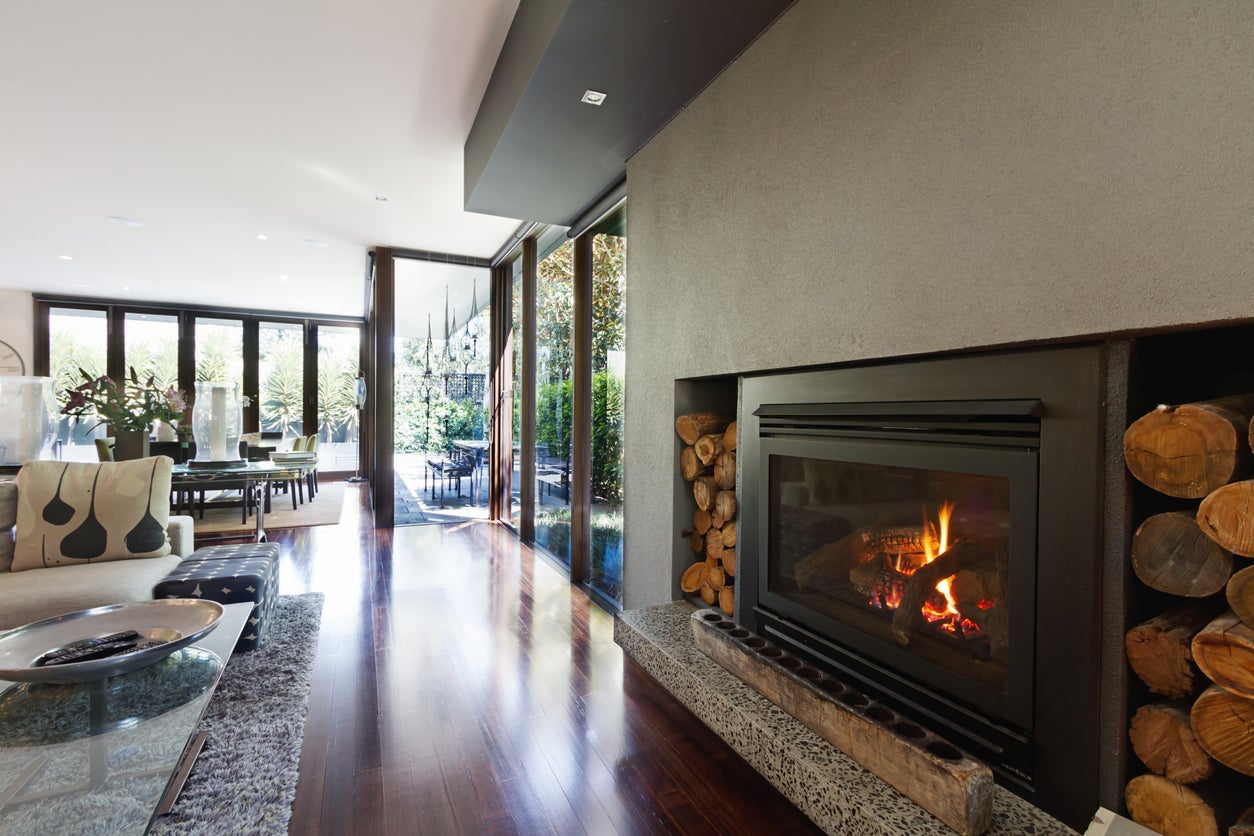
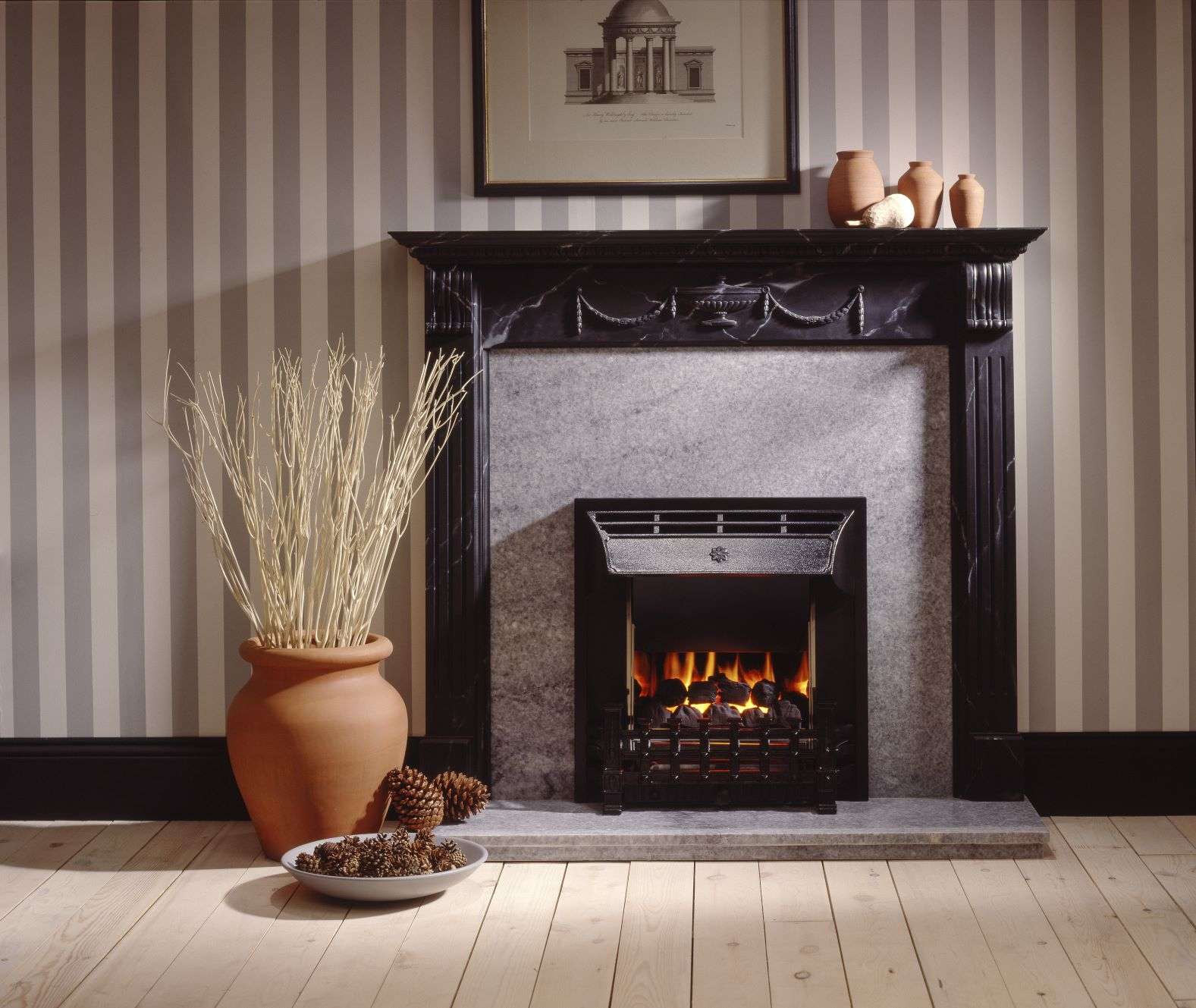
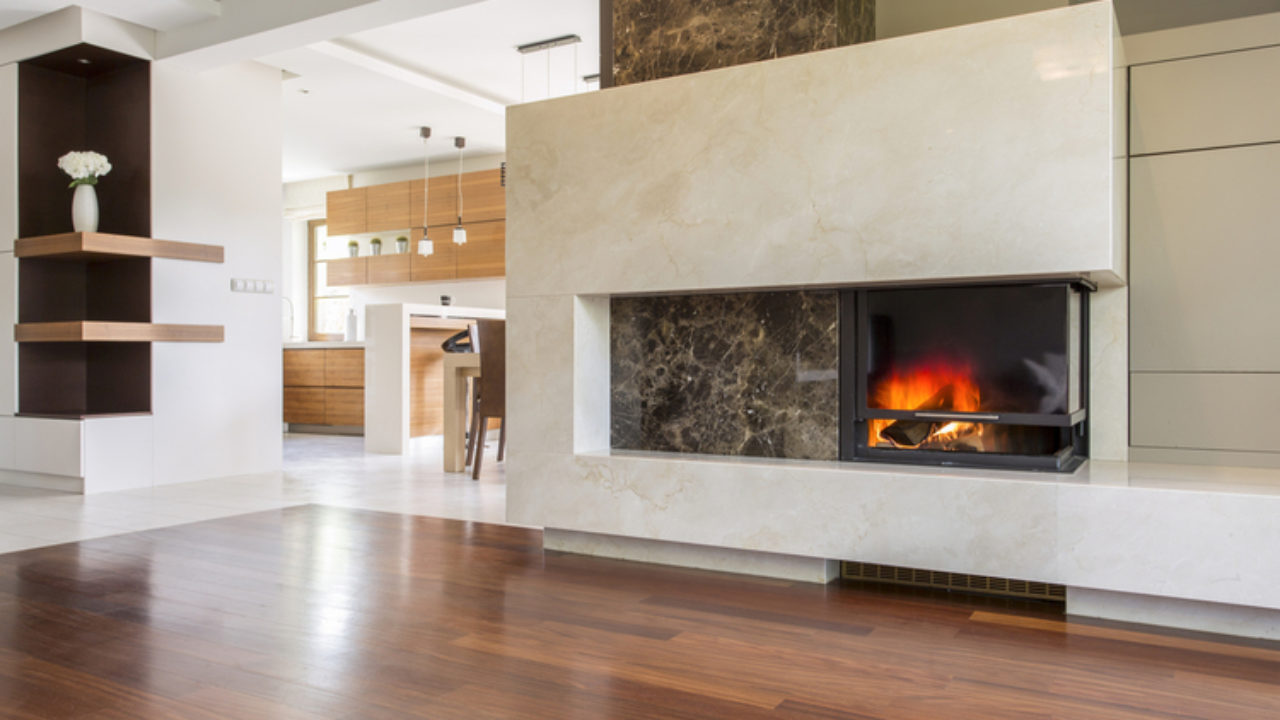

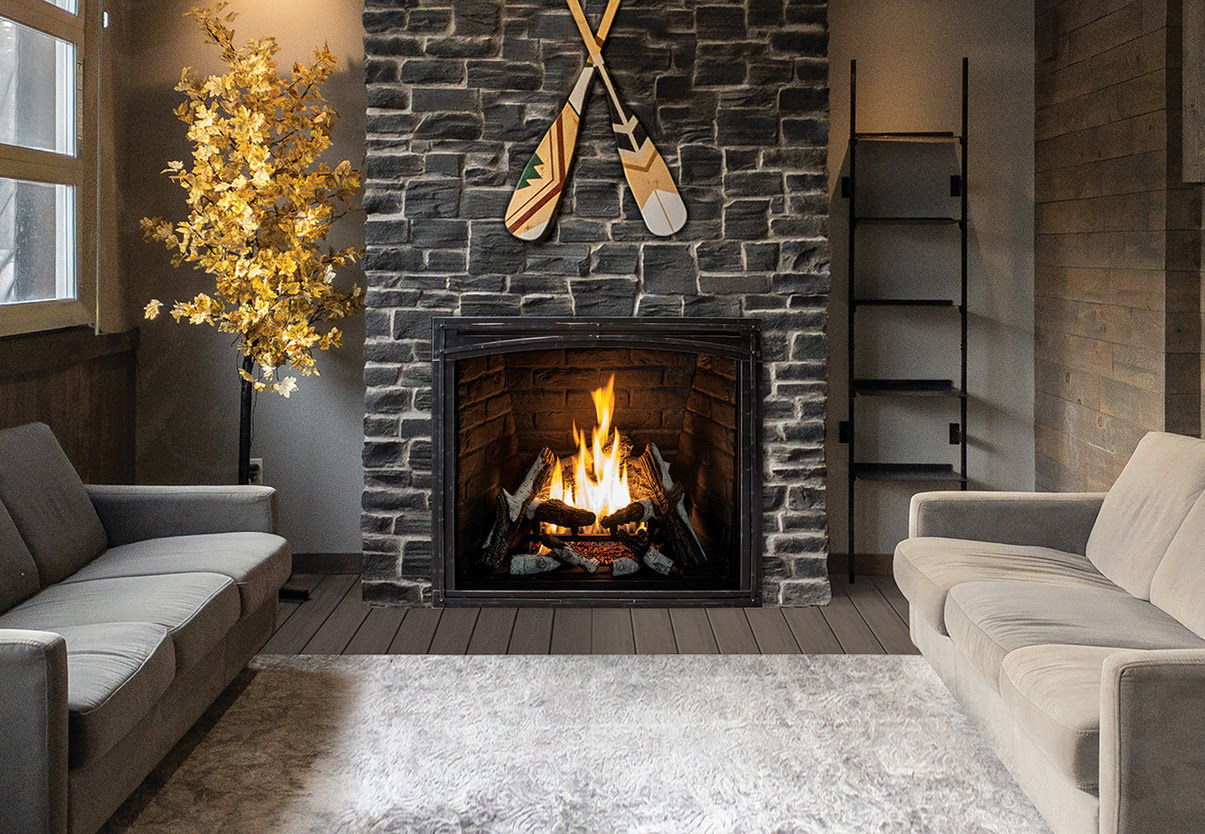
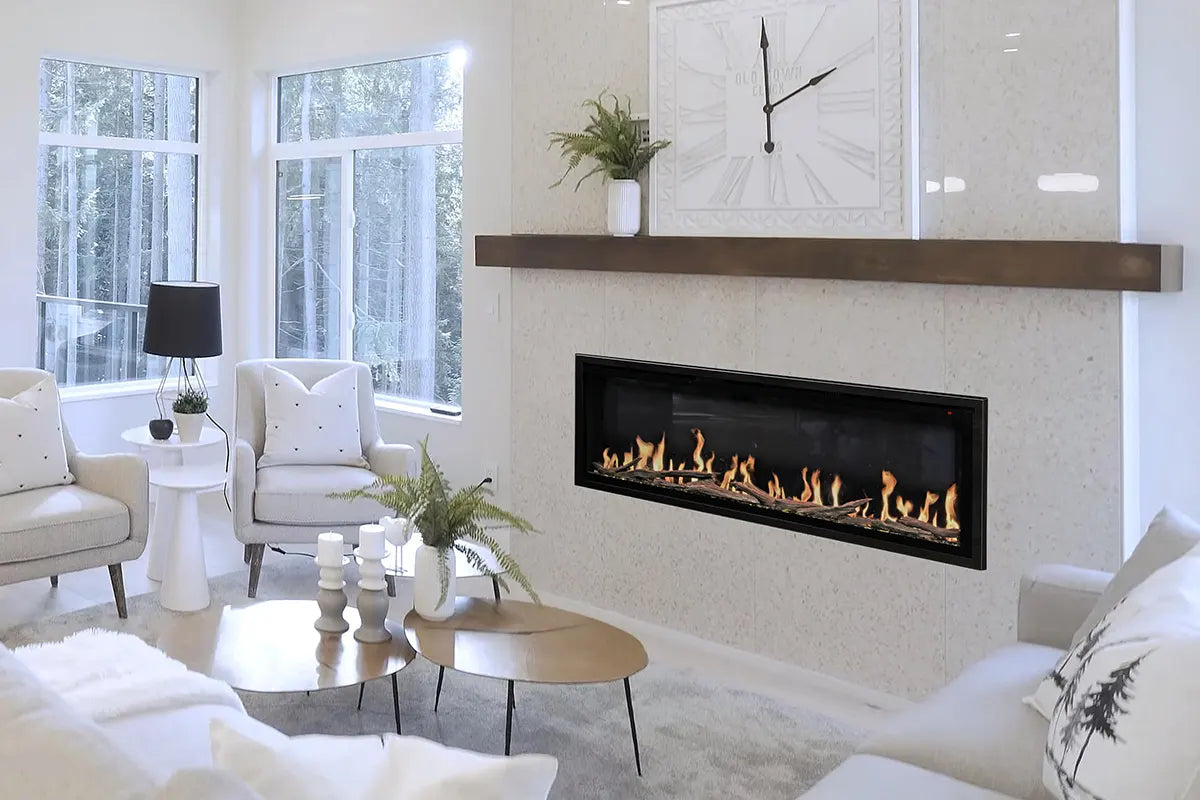
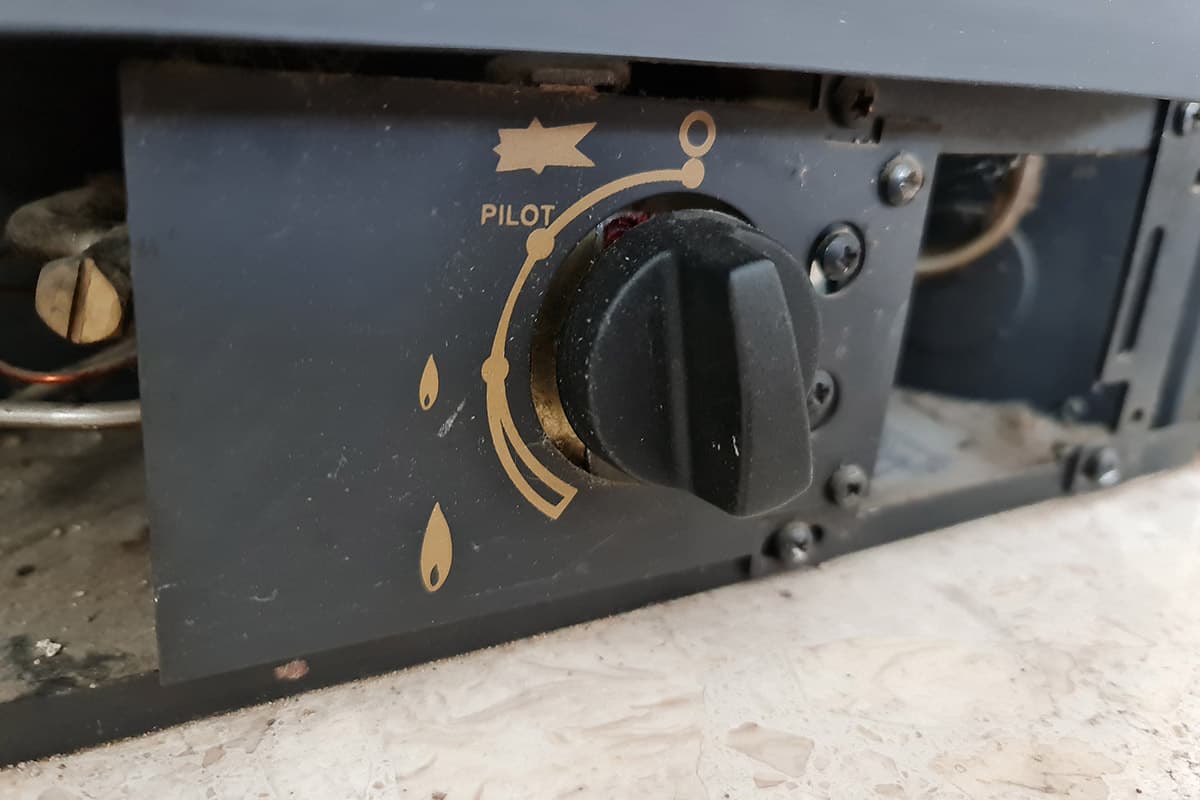

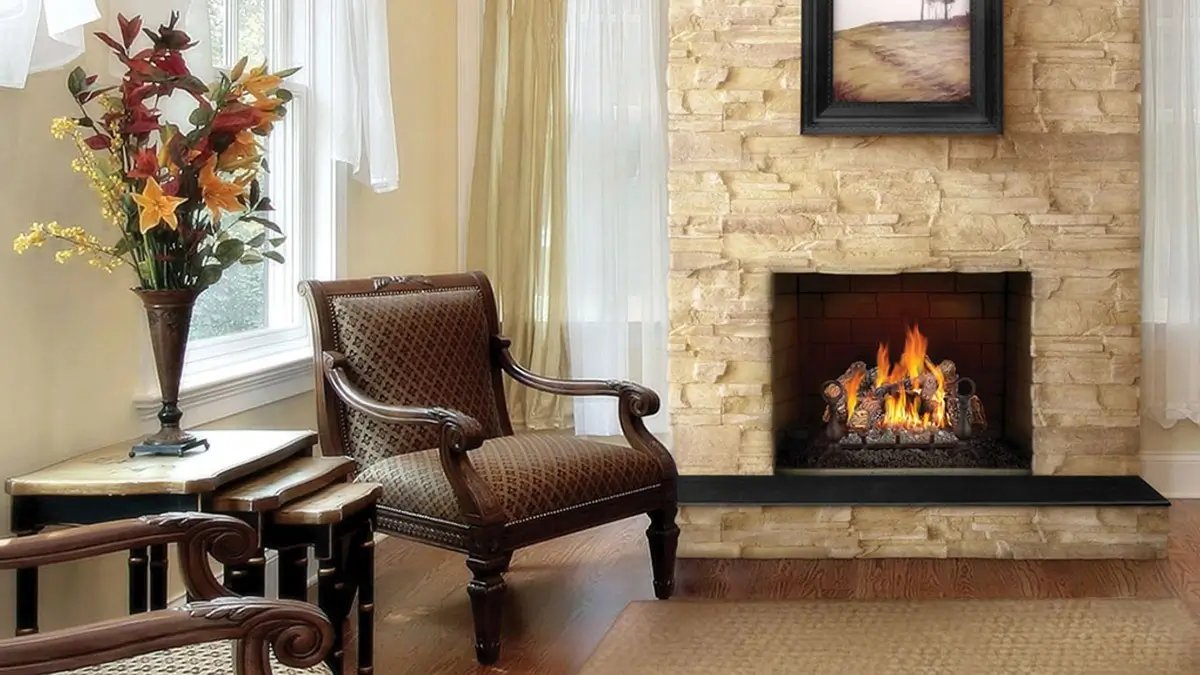

0 thoughts on “How To Turn On Gas Fireplace With Wall Switch”